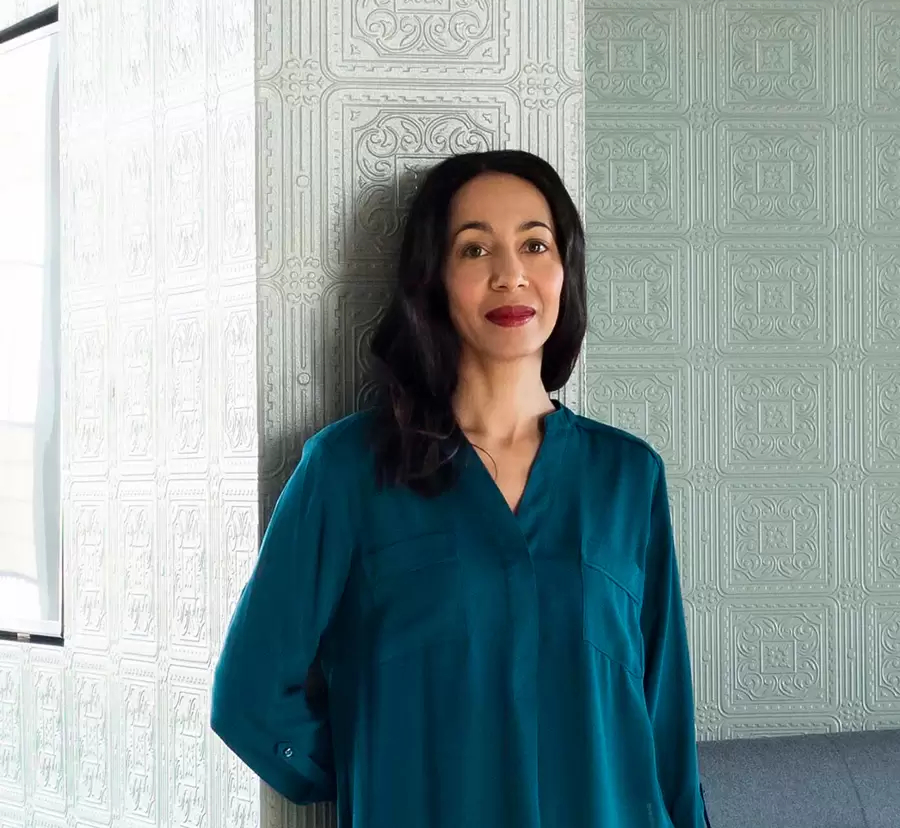From the ongoing Covid-19 pandemic to looming economic uncertainty and issues of systemic racial bias, this year has already seen us tested, and questioning, as never before. The combined impact is such that even in the hitherto sedate world of interiors, the burning topic of conversation has become its vivid lack of diversity.
In truth, initially, I was bemused. Surely interior design was superbly diverse? As a woman of mixed heritage (my father was black Nigerian, my mother is white British), I’d enjoyed much success celebrating an industry I love. I’d trained as an architect, never once doubted that I could be one, and segued into editing by simply following my passion for magazines. Professionally, not only had I been acknowledged with a slew of awards, but I’d also been privy to wonderful relationships worldwide with designers, clients, advertisers and manufacturers. However, prompted to articulate my thoughts by author and writer Kate Watson-Smyth for a special episode of The Great Indoors, the influential podcast she co-hosts with interior stylist Sophie Robinson, I ended up writing 2000 words.
You see, George Floyd’s murder triggered long-forgotten memories of confrontations from my childhood. Thankfully, they were few and far between so they can hardly be held in comparison with the embedded and dangerously corrosive trauma of racially motivated prejudice that others have suffered. Nevertheless, my recollections enabled a flow of usually suppressed communication. After all, we don’t talk about ‘race’ here in Britain, do we, just as we don’t discuss religion or politics over dinner. But we should. Openly and honestly so that conversations about racial identity and equality become commonplace, and less awkward.
This article originally appeared on House & Garden on 28 August 2020 – read the full article.













































